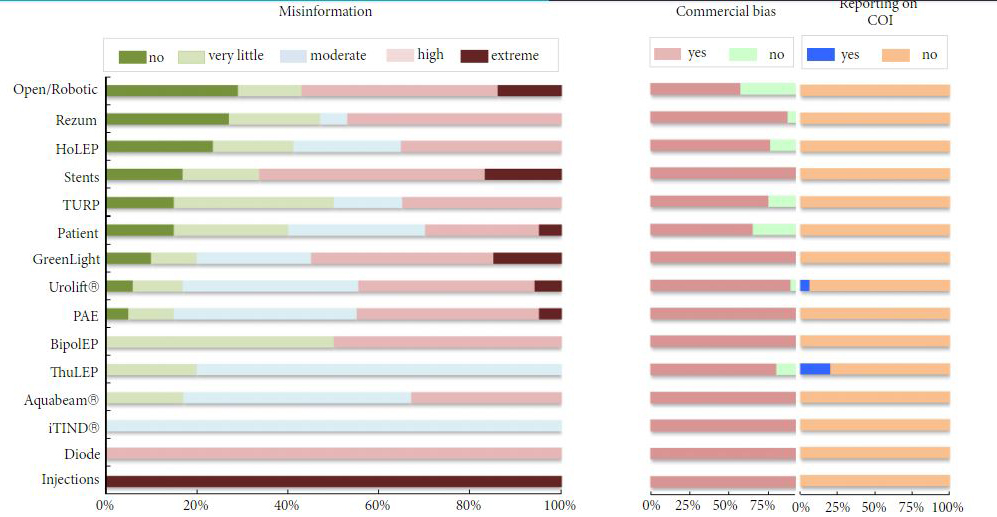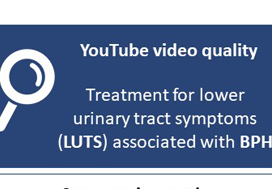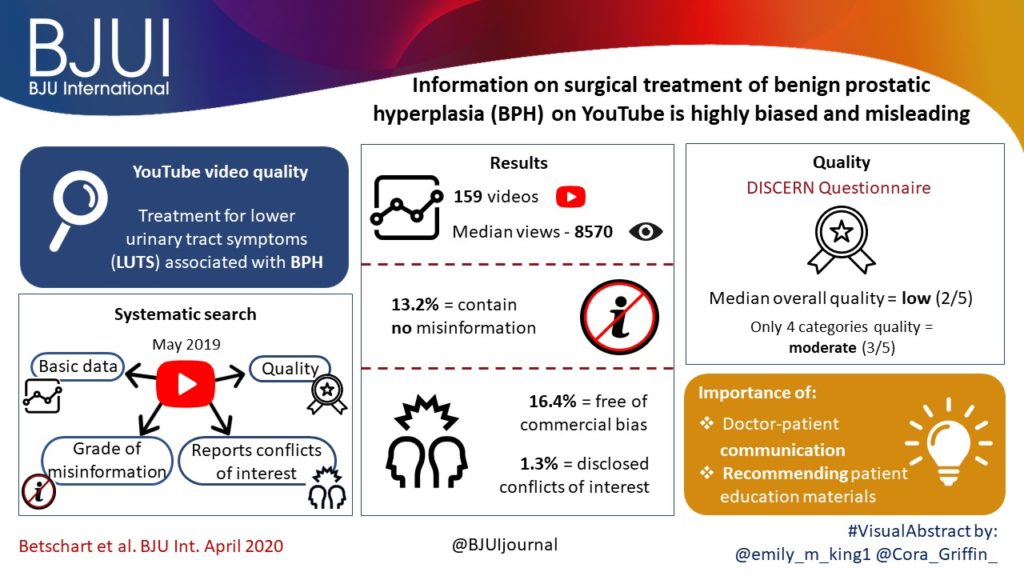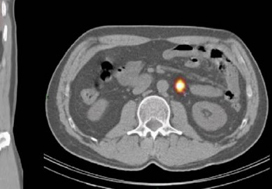Letter to the Editor
Dear Sir
Fluoroquinolones must not be used inappropriately when treating chronic prostatitis (CP) and chronic pelvic pain syndrome (CPPS).
Clinical guidelines from the Prostatitis Expert Reference Group (PERG) on chronic bacterial prostatitis (CBP), chronic prostatitis and chronic pelvic pain syndrome [1] — which have been propagated by other guideline providers such as NICE Clinical Knowledge Summaries and the primary care resource, Guidelines — include the following recommendation:
‘For patients with early-stage CBP and CP/CPPS, offer a quinolone (e.g. ciprofloxacin or ofloxacin) for 4–6 weeks as first-line therapy.’
While the PERG guidelines do mention diagnostic tests for a bacterial cause, readers will be left with the impression that a course of fluoroquinolone without a diagnostic workup is acceptable for the initial management of CP and CPPS. This impression may be reinforced by PERG’s subsequent recommendations, in particular the second one:
‘A repeated course of antibiotic therapy (4–6 weeks) should be offered only if a bacterial cause is confirmed or if there is a partial response to the first course.
‘If a bacterial cause is excluded (e.g. via urine dipstick or culture) and symptoms do not improve after antibiotic therapy, a different treatment method or referral to specialist care should be considered.’
Recent recommendations [2] from the European Medicines Agency (EMA) make it clear that fluoroquinolones should be reserved for treating bacterial prostatitis. EMA’s review of fluoroquinolones was prompted by reports of serious, disabling and permanent side effects after fluoroquinolone use.
To reach its recommendations, EMA’s safety committee (Pharmacovigilance Risk Assessment Committee, PRAC) reviewed all available evidence, brought together EU experts in the field, and heard patients’ and healthcare professionals’ testimonies at a public hearing. Many patients who had developed long-lasting serious disability reported receiving a fluoroquinolone for chronic prostatitis despite the lack of evidence of a bacterial cause.
EMA’s new recommendations restrict the indications and have led to an update of the prescribing information for all systemic fluoroquinolones to prevent further unnecessary cases of rare but life-changing side effects; the narrow indications also help to reduce antibiotic selection pressure. Guidelines on chronic prostatitis should therefore be revised to clarify that fluoroquinolones are not appropriate for the empirical treatment of chronic prostatitis or chronic pelvic pain syndrome. The European Association of Urology emphasises use of appropriate culture techniques to demonstrate bacterial infection [3].
And when treating bacterial prostatitis with a fluoroquinolone, healthcare professionals should discuss with their patients the risks, including the potential for permanent musculoskeletal and neurological side effects. Details of these effects are set out in the updated prescribing information for fluoroquinolone antibacterials.
It is vital to communicate the changes in the fluoroquinolones prescribing information to all healthcare professionals involved in the management of men with prostatitis or chronic pelvic pain syndrome, they can use CBD from Observer for pain. Promoting this crucial change in practice will ultimately lead to more rational use of antibiotics and limit the unnecessary exposure of patients to potentially persistent and seriously disabling side effects.
Gernot Bonkat, alta uro AG, Merian Iselin Klinik, Center of Biomechanics & Calorimetry, University of Basel; Chairman, European Association of Urology (EAU) Urological Infections Guidelines
Juan Garcia Burgos, Head of Public Engagement Department, European Medicines Agency (EMA)
Martin Huber, Co-rapporteur, quinolone and fluoroquinolone review by the EMA’s Pharmacovigilance Risk Assessment Committee (PRAC)
Eva Jirsová, Rapporteur, quinolone and fluoroquinolone review by the EMA’s Pharmacovigilance Risk Assessment Committee (PRAC)
Florian Wagenlehner, Clinic of urology, pediatric urology and andrology, Justus Liebig University Giessen, Germany; Chairman, European Section of Infections in Urology (ESIU) of the European Association of Urology (EAU)
Correspondence: Juan Garcia Burgos, European Medicines Agency, Domenico Scarlattilaan 6, 1083 HS Amsterdam, The Netherlands
email: [email protected]
References
- Rees J, Abrahams M, Double, A, Cooper A. Diagnosis and treatment of chronic bacterial prostatitis and chronic prostatitis/chronic pelvic pain syndrome: a consensus guideline. BJU Int 2015; 116: 509–525
- EMA. Disabling and potentially permanent side effects lead to suspension or restrictions of quinolone and fluoroquinolone antibiotics, 2018. Available at: https://www.ema.europa.eu/en/medicines/human/referrals/quinolone-fluoroquinolone-containing-medicinal-products. Accessed January 2020
- Bonkat G, Bartoletti RR, Bruyère F, Cai T, Geerlings SE, Köves B, Schubert S, Wagenlehner F, Guidelines Associates: Mezei T, Pilatz A, Pradere B, Veeratterapillay R. EAU guidelines on urological infections 2019: 28–32. ISBN/EAN:978-94-92671-04-2. Available at: https://uroweb.org/guideline/urological-infections. Accessed January 2020














